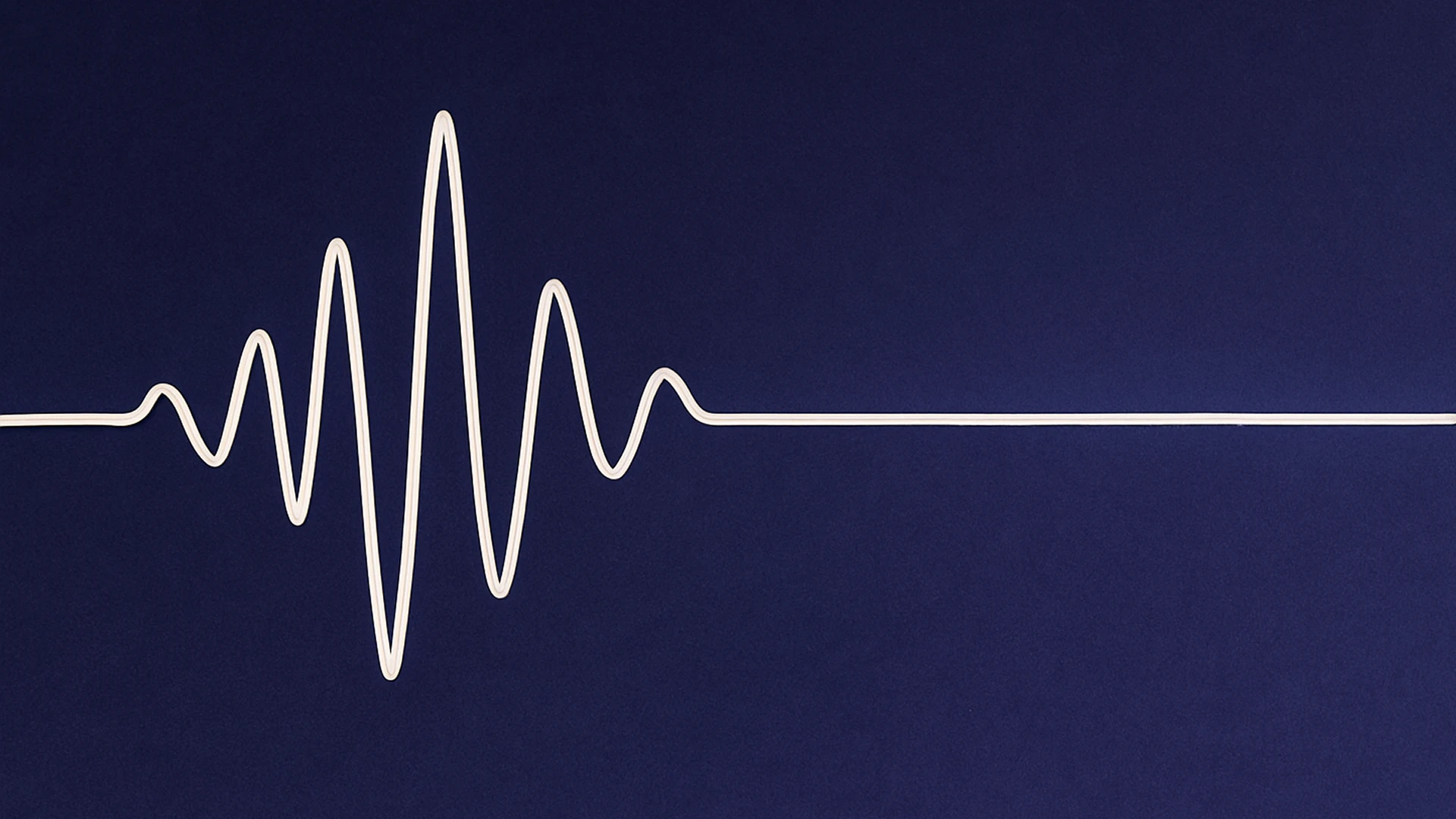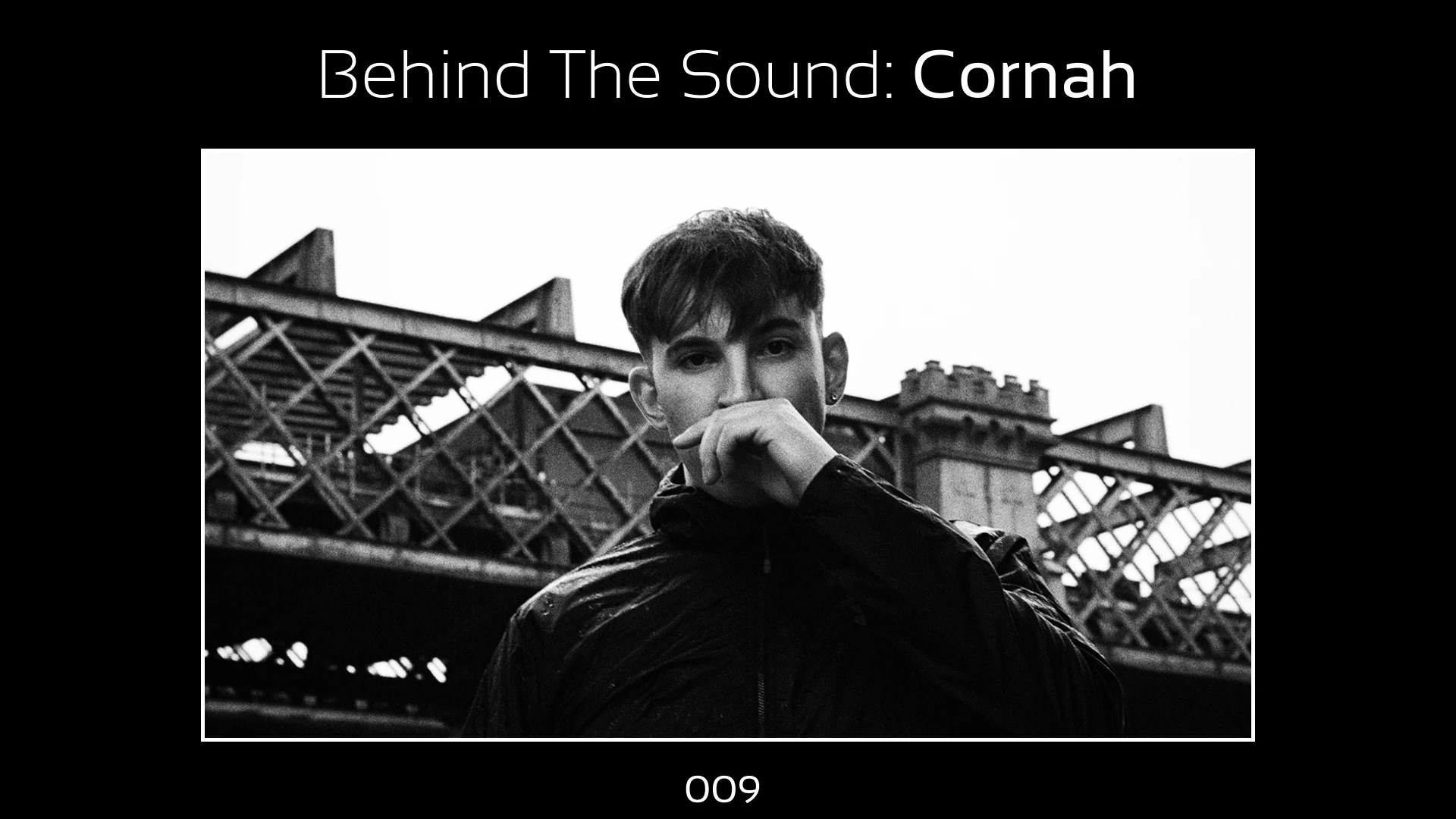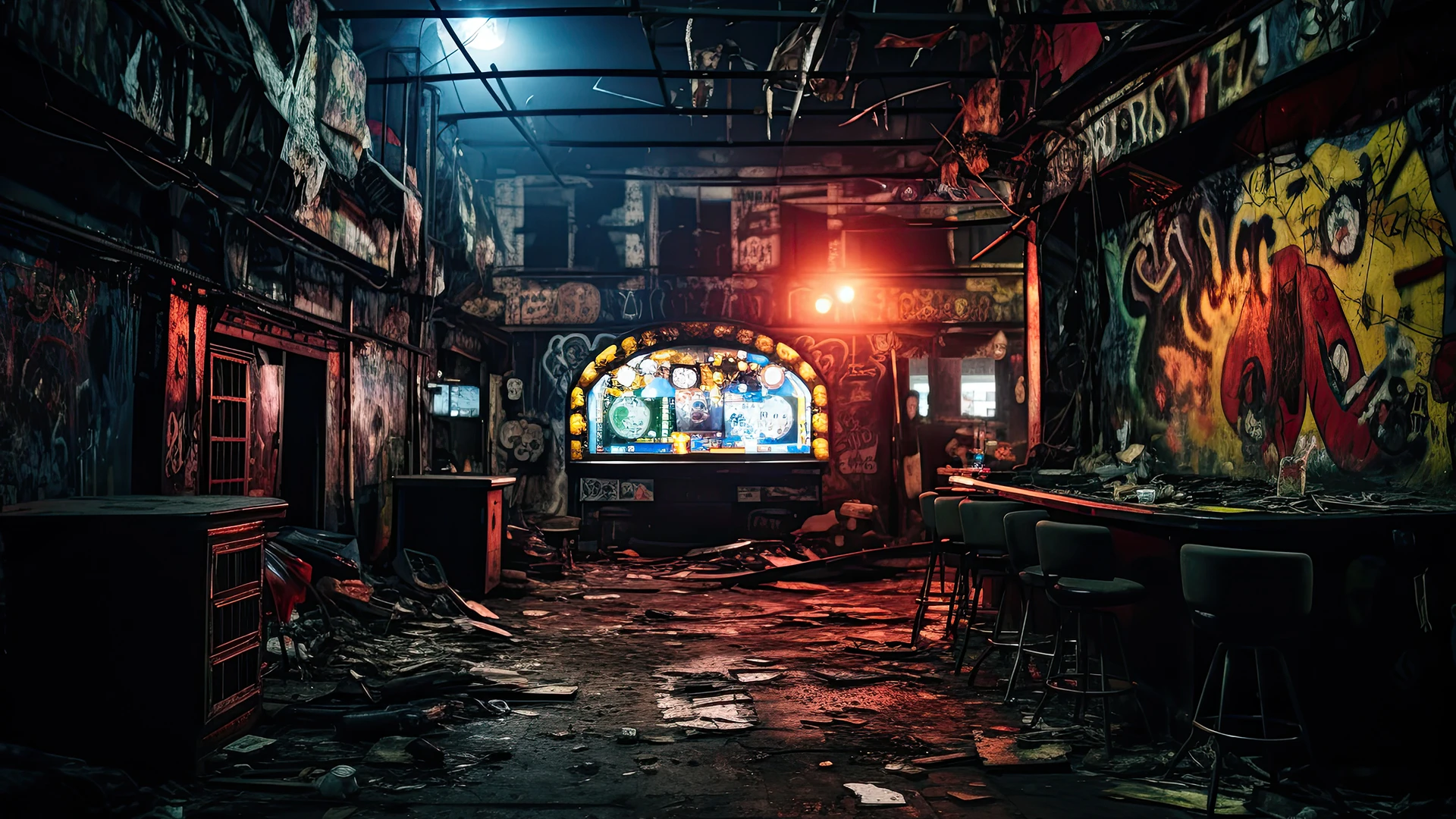How Algorithms Are Flattening the Sound of Dance Music
As algorithms shape what we hear, dance music risks losing its edge. A look at how streaming is softening the sound of the music being released in 2025.
6 minutes read
There’s a strange sameness creeping into dance music. You can hear it in the playlists that autoplay on Spotify, in the background mixes in cafés, and even in tracks made by producers who once prided themselves on chaos, energy, and experimentation.
In 2025, the biggest force shaping electronic music is algorithms.
Streaming platforms have become the new curators of taste, silently steering the aesthetics of club culture. And while dance music has survived commercialisation and a revolving door of genre cycles, it’s the quiet, invisible influence of recommendation engines that’s flattening its sound more than any trend ever could.
Dance music, for the first time, is being shaped by machines optimised not for risk or emotion, but for retention.
The Rise of Playlist Logic
Ask almost any producer today what drives visibility, and they won’t mention a club night or a radio show. They’ll say playlists. "Beats to Focus," "Chill House," "Deep Groove," “Night Drive,” "Electronic Concentration"; the names may vary, but the logic behind them is the same.
Tracks must fit a mood instantly. No tension. No long intros. No odd percussion, abrasive textures, or detours. The music isn’t meant to disrupt a vibe; it’s meant to maintain one.
If your track doesn’t settle into the mood within ten seconds, the algorithm drops it. So people start producing for the machine instead of the club.
- Lina Voss (producer & DJ from Berlin)
Playlist culture rewards predictability. It favours smoothness over surprise and consistency over personality. Long builds, dramatic breakdowns, vocal experimentation, these elements make for unforgettable club records, but they’re liabilities in a digital environment where skipping is a data point.
The ideal playlist track is a soft curve, not a sharp angle. Something you can work to, sleep to, study to, or let drift past you unnoticed.
And that has consequences.
Music Designed to Be Ignored
Clubs have always thrived on intensity. They rely on emotional extremes: the slow-burn build-up, the sudden drop, the ecstatic peak, the disorienting shift into something unexpected. Dance floors are places of rupture, where tension is as important as rhythm, and energy arcs are architectural.
Streaming platforms reward none of this.
For a track to thrive online, it needs to fade into the listener’s day, not disrupt it. It needs to hold someone’s attention without ever truly demanding it. The ideal experience is seamless, frictionless, gently hypnotic.
And so dance & electronic music, once one of the world’s most dynamic and adventurous genres, has increasingly been nudged into the world of functional music: sound designed for utility rather than expression.
Streaming killed the chaos. The algorithm punished everything that made club music interesting.
- Theo Lyall (producer from London)
Music built for the night is becoming overshadowed by music built for the background.
How Dance Music Is Losing Its Teeth
You can hear the flattening everywhere.
Tracks have become shorter; structures have become simpler. Tempos cluster around algorithm-friendly sweet spots. Risky textures are ironed out in favor of safe, familiar sounds. Everything begins to resemble everything else.
The biggest casualty is the weird.
Where once you’d find odd rhythmic choices, unexpected chord progressions, or strange flourishes, you now find clean, predictable loops. Producers who once embraced experimentation now second-guess themselves before an idea even leaves the studio. Why risk hurting a track’s chances in the algorithmic lottery?
If the drums are too weird, the playlists won’t touch it. If the intro’s too long, people skip. If the mixdown isn’t loud enough, the loudness algorithm buries it. So you start trimming the parts that made it ‘you.’
- Riccardo Vieri (producer from Italy)
This isn’t censorship.
It’s incentive-driven self-censorship.
A quiet pressure to blend in rather than stand out.
The Loopification of Dance Music
Another subtle shift: tracks now frequently behave like loops.
Not cyclical in a club-driven, hypnotic way, but loop-driven in a platform-driven way. Shorter intros. Instant gratification. Repetitiveness designed to hook early and hold attention.
It’s music built not for listener statistics, not DJs.
The average track length in some subgenres has dropped by nearly a minute over the past six years. The logic is straightforward: shorter tracks generate more plays; more plays signal success; success feeds recommendations.
The result is a wave of bite-sized tracks that feel more like aesthetic samples than compositions. Perfect for playlists. Poorly suited for a dance floor.
Club Culture Still Wants Chaos
But here's the twist: while digital culture gravitates toward sameness, the physical dance floor continues to demand difference.
Small clubs, those that have survived the economic and political pressures squeezing nightlife, remain havens for unpredictability. DJs use these spaces to test strange, unpolished, or outright unruly tracks that would never survive streaming algorithms.
The tracks I can’t release are the ones people go crazy for. The algorithm hates them, but the room loves them.
- A producer & DJ from Manchester
What works online often dies in a club.
What works in a club often dies online.
The two ecosystems are drifting further apart every year.
A Cultural Tension That Won’t Go Away
None of this happened because streaming platforms wanted to reshape dance music. The goal of an algorithm is simple: keep people listening. But cultural collateral damage comes from very simple forces:
people skip unpredictable tracks
platforms reward tracks with fewer skips
artists optimise for reduced skips
playlists demand even more uniformity
the cycle repeats
The logic is mechanical, but the effects are artistic.
Dance music once defined by subcultural mischief, regional quirks, and late-night spontaneity now faces a kind of algorithmic standardisation. Not enforced, but encouraged. Not oppressive, but pervasive.
The flattening isn’t loud. It’s subtle.
Pressure Creates Its Own Resistance
Dance music has never responded to pressure with compliance. It mutates. It subverts. It produces the opposite of what the mainstream demands.
The rise of distorted, percussive techno, the resurgence of raw warehouse sounds, the global spread of amapiano, baile funk, and other regionally specific genres, these movements exist, in part, because the algorithmic landscape feels too smooth.
People crave edges. Scenes crave identity. DJs crave tools that shake rooms, not playlists.
The smoother streaming gets, the more untamed the underground becomes.
Two Futures Diverging
The industry now stands in a strange place: two dance musics are emerging.
There is the streaming version: calm, polished, soft around the edges, designed for maximum palatability and minimum disruption. And there is the club version: loud, unpolished, unpredictable, geographically shaped, emotionally volatile.
One is made for algorithmic compatibility.
The other is made for bodies in motion.
These two worlds aren’t enemies. They’ll coexist. They’ll feed each other, but they will grow increasingly distinct.
And only one of them will push the culture forward.
Beyond the Algorithm
If dance music wants to escape its flattening, the solution isn’t to start a war against streaming platforms. It’s to strengthen the spaces and scenes that algorithms can't replicate.
Support the small clubs.
Show up to local nights.
Buy music directly from artists.
Invest in communities rather than playlists.
Reward the bold.
Celebrate the weird.
The future of dance music has never been dictated by commerce alone, nor will it be dictated by algorithms. It belongs to people, those who gather in dark rooms, in fields, in warehouses, in makeshift venues, in any place where sound becomes communal rather than consumable.
When the algorithm quiets everything, the dance floor is where the noise lives on.


